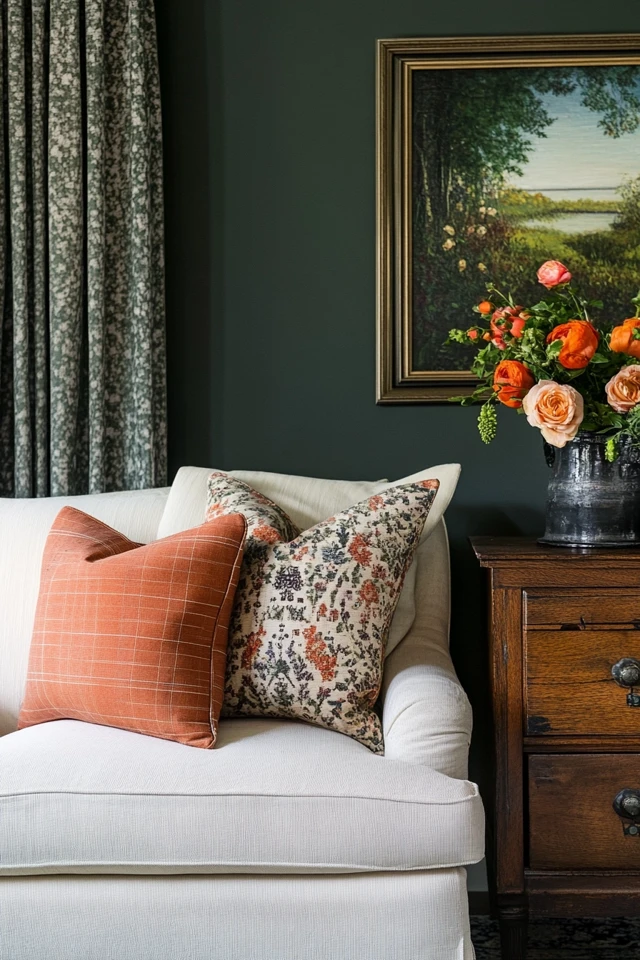Introduction
Every home has a story, and every item within it contributes to the narrative. From a vintage heirloom passed down through generations to a piece of art purchased during a memorable vacation, the decor you choose says something about who you are, what you value, and how you live. While aesthetics are essential, a truly compelling interior design is one that weaves a narrative—a space that invites conversation, evokes emotion, and reflects your personal journey.
I remember visiting a friend’s home that felt like stepping into an intimate storybook. The framed black-and-white photograph on the wall was taken by her grandfather, a passionate amateur photographer. The colorful rug in the living room was a souvenir from her trip to Morocco, and the bookshelf held not just books but also small artifacts from her travels. Every item had a purpose and a memory attached to it. It wasn’t just a home; it was a gallery of her experiences.
In this guide, we’ll explore how to curate a design narrative through intentional decor choices. Whether you’re starting from scratch or looking to infuse new meaning into your existing decor, these strategies will help you create a home that tells your unique story.
The Perfect Design for You
Creating a design narrative through decor is perfect for anyone who:
- Wants their home to feel deeply personal and reflective of their journey.
- Enjoys collecting meaningful items but struggles with incorporating them into a cohesive design.
- Is drawn to spaces that evoke emotions or spark conversation.
- Wants to combine beauty and storytelling in a way that’s functional and timeless.
Picture a dining room where a family heirloom table is paired with mismatched chairs, each representing a different phase of your life. Or a bedroom where the color palette is inspired by a cherished memory, and the artwork on the walls tells a story of your passions. These spaces feel alive and authentic, inviting anyone who enters to learn more about you through the subtle, thoughtful details.
No matter your design style—minimalist, bohemian, industrial, or traditional—decorating with intention can transform your home into a living narrative.
Picture Gallery
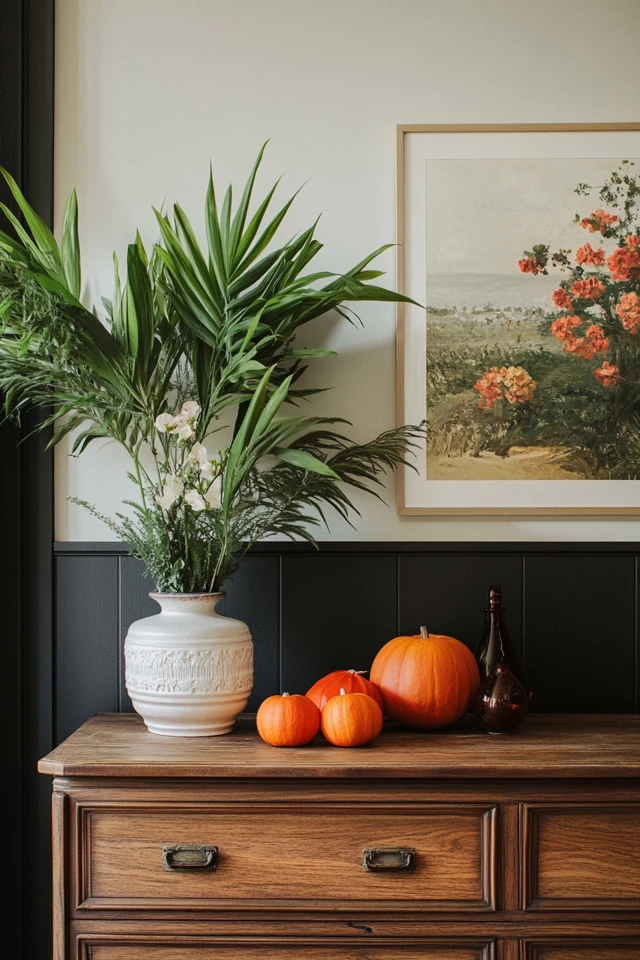
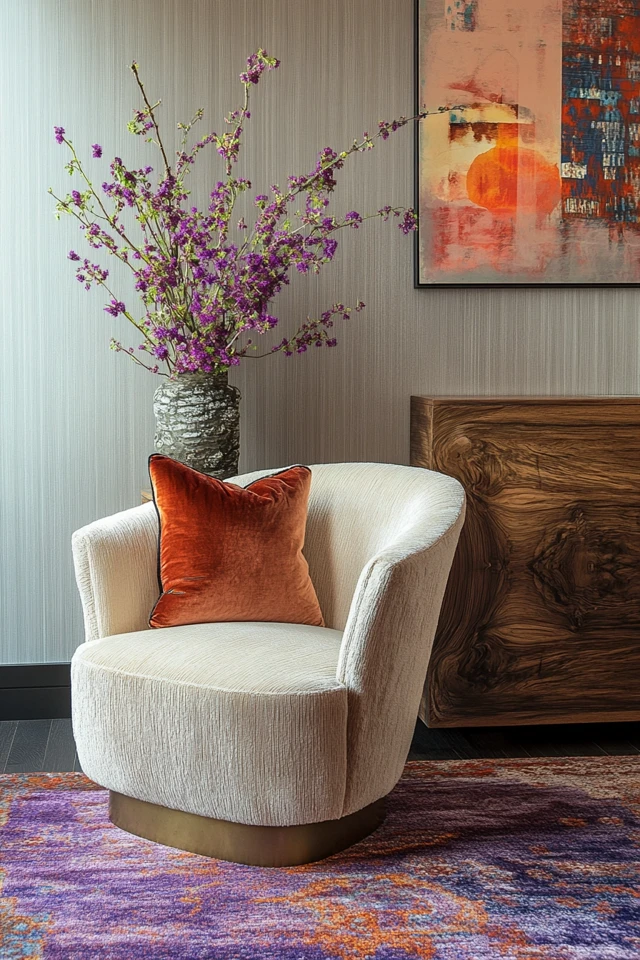
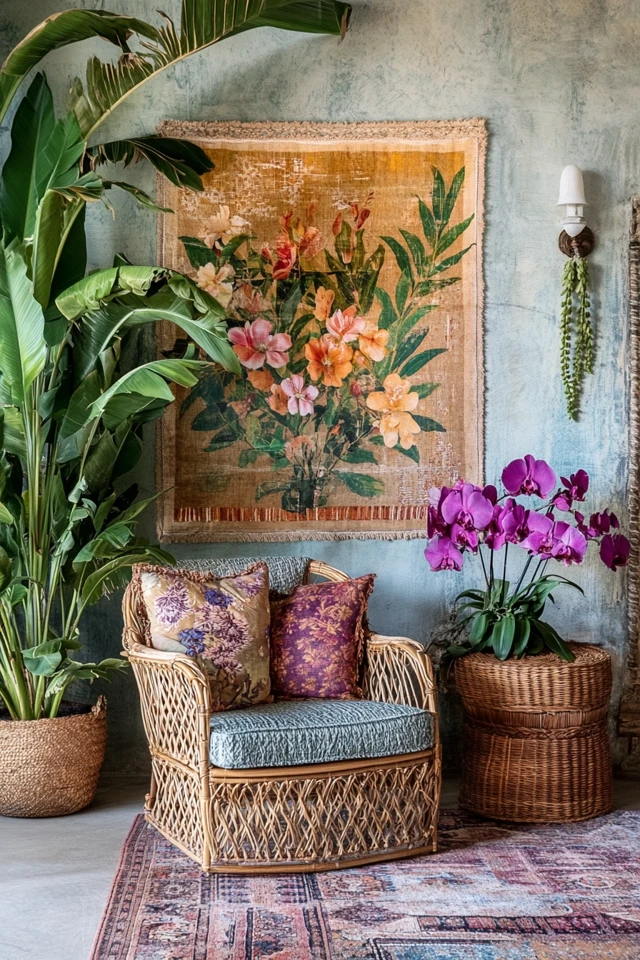
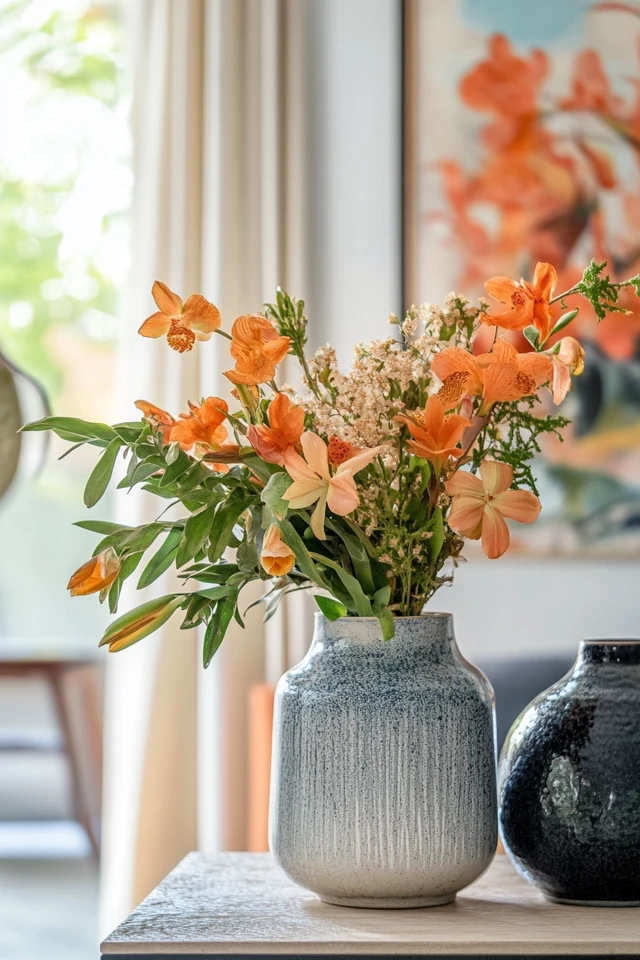

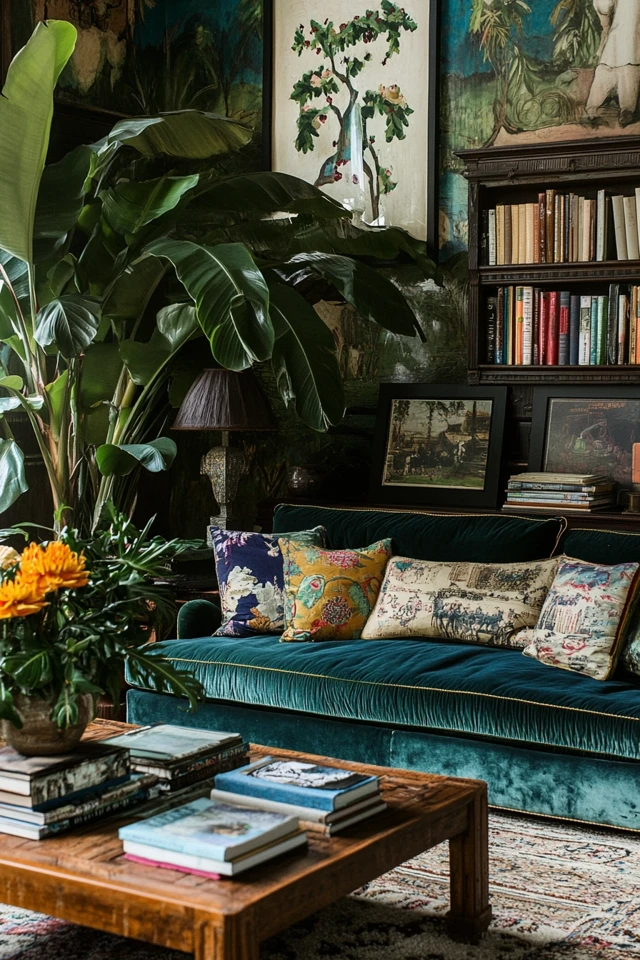
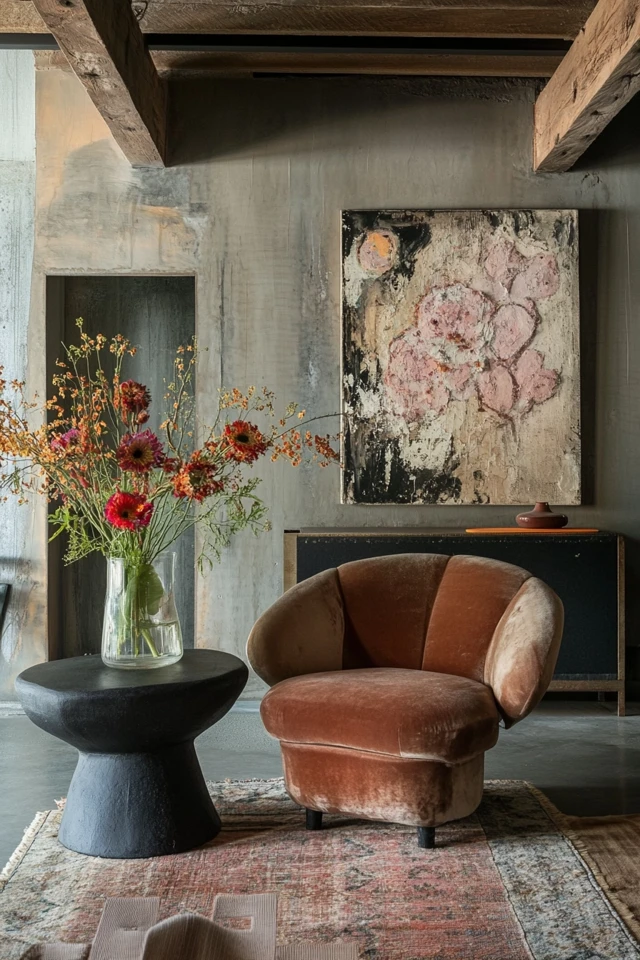
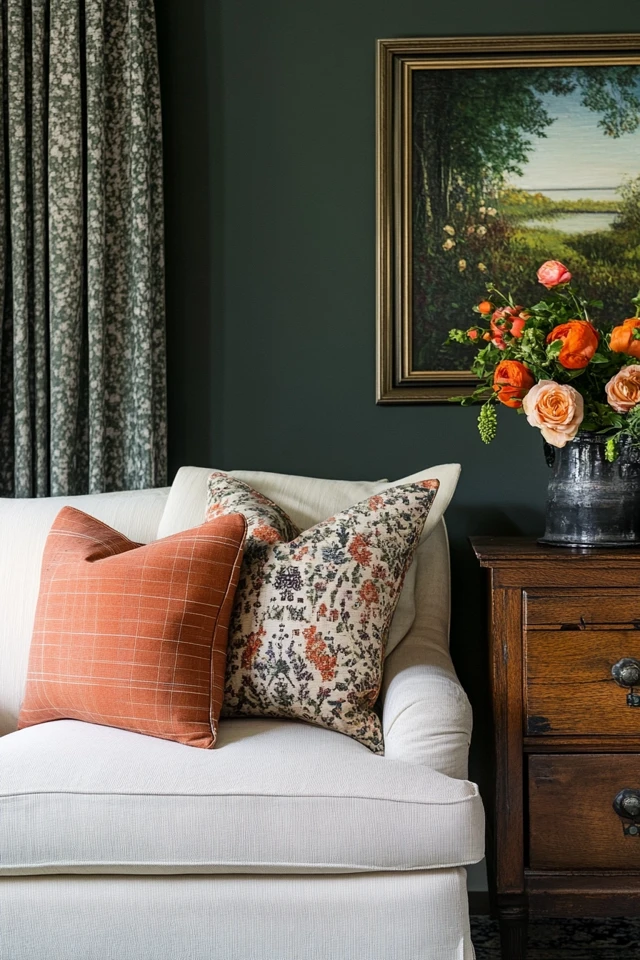
Why Design Narratives Work
Design narratives go beyond aesthetics, infusing meaning into your home. Here’s why this approach resonates so deeply:
- Creates Emotional Connection: A narrative-focused design makes your home feel like an extension of yourself, filled with items that have personal significance.
- Invites Conversation: Guests are naturally drawn to pieces with a story, making your decor an instant icebreaker and a window into your life.
- Fosters Intentionality: Curating items based on their meaning ensures every piece has a purpose, reducing clutter and creating a cohesive design.
- Adds Timeless Value: Trends may come and go, but a narrative-driven space remains relevant and meaningful over time.
- Encourages Creativity: Telling your story through decor allows you to experiment with textures, colors, and layouts that reflect your individuality.
Design narratives turn your home into more than just a living space—it becomes a canvas for self-expression and connection.
How to Tell Design Narratives Through Decor Choices: Step-by-Step
1. Identify the Themes of Your Narrative
- Start by reflecting on the key aspects of your story:
- What inspires you? (Travel, family history, art, nature, etc.)
- What values do you want your space to reflect? (Warmth, curiosity, sustainability, etc.)
- What memories or milestones do you want to highlight?
- Themes create a foundation for your design narrative, guiding your decor choices.
- Example: If travel inspires you, center your design around items like maps, souvenirs, and global textiles that evoke your adventures.
2. Curate Meaningful Pieces
- Choose decor items that have personal significance or tell a story:
- Display family heirlooms, vintage finds, or items with sentimental value.
- Incorporate pieces that reflect your hobbies or passions, like instruments, books, or art supplies.
- These items bring authenticity and depth to your design.
- Example: In a living room, display a handmade pottery piece you created in a workshop or a framed concert ticket from a favorite event.
3. Layer Textures and Materials to Add Depth
- Use textures and materials that resonate with your narrative:
- Combine natural materials like wood, stone, or linen for an earthy, grounded feel.
- Use velvet, silk, or metallics for a more luxurious, refined touch.
- Textural layers add a tactile dimension that enriches your story.
- Example: In a bedroom, layer a handmade quilt with linen bedding and a vintage woven throw to create a cozy, nostalgic vibe.
4. Incorporate Art as a Storytelling Tool
- Art is a powerful way to express your narrative visually:
- Use original paintings, prints, or photographs that reflect your personality and experiences.
- Consider commissioning a custom piece that represents a meaningful memory or theme.
- Art becomes a focal point that anchors your design and invites storytelling.
- Example: In a hallway, hang a gallery wall featuring photos from your travels, interspersed with abstract art that captures the spirit of those places.
5. Use Color to Evoke Emotion
- Choose a color palette that reflects the mood and themes of your story:
- Warm, earthy tones evoke comfort and nostalgia.
- Bright, bold colors convey energy and creativity.
- Soft neutrals create a calm, timeless foundation.
- Color enhances the emotional impact of your design.
- Example: In a kitchen, use sunny yellows and deep blues inspired by your childhood memories of baking with family.
6. Combine Old and New Elements
- Blend modern pieces with vintage or antique finds to create layers of history:
- Pair a sleek, contemporary sofa with an antique side table or a mid-century modern lamp.
- Use refurbished or repurposed items to add character and reduce waste.
- Mixing styles keeps your narrative fresh and dynamic.
- Example: In a home office, place a contemporary desk alongside a vintage chair and a collection of old books that inspire your work.
7. Highlight Milestones and Memories
- Incorporate decor that celebrates important life events or achievements:
- Frame diplomas, awards, or certificates in a way that blends with your aesthetic.
- Use shadow boxes to display keepsakes like wedding invitations, travel tickets, or childhood mementos.
- These details make your space uniquely personal.
- Example: In a family room, create a corner with a framed photo collage of milestones, complemented by a display shelf for small keepsakes.
8. Tell a Story Through Furniture Placement
- Arrange furniture to reflect the way you live and interact in the space:
- Create intimate conversation areas with chairs and sofas grouped together.
- Use your layout to highlight key pieces, like a coffee table with a sentimental centerpiece.
- Placement reinforces the functionality and narrative of the room.
- Example: In a dining room, place a table as the centerpiece surrounded by mix-and-match chairs that each tell a different part of your story.
9. Rotate Decor Seasonally
- Refresh your narrative by updating decor to reflect changing seasons or events:
- Incorporate seasonal accents like wreaths, throws, or candles.
- Use temporary displays for holidays, anniversaries, or family celebrations.
- Rotating decor keeps your story dynamic and evolving.
- Example: In a living room, swap out artwork and pillows to reflect the season, like pastel florals in spring or warm plaids in fall.
10. Edit With Intention
- Avoid overloading your space by curating with care:
- Choose a few standout pieces rather than filling every corner with decor.
- Prioritize items that contribute to your narrative while leaving room for future additions.
- Editing ensures your story feels focused and intentional.
- Example: In a bedroom, keep the decor minimal with just a few meaningful items on display, like a framed poem or a vase of flowers from your garden.
FAQ
1. How do I start creating a design narrative?
Begin by reflecting on your personal story—your interests, travels, milestones, and values. Use these as inspiration to choose decor items that reflect your journey.
2. What if I have too many meaningful items?
Curate with intention, choosing a few key pieces to display at a time. Rotate items seasonally or store others for future use to keep your space fresh and uncluttered.
3. Can a design narrative still feel modern?
Absolutely! Focus on clean lines, neutral palettes, and thoughtful placement to balance meaningful decor with a contemporary aesthetic.
4. How do I make a narrative-driven space cohesive?
Use recurring themes, colors, or materials to tie different elements together, creating a unified look that supports your story.
5. Can I create a design narrative on a budget?
Yes! Repurpose items you already own, incorporate DIY projects, or shop secondhand for meaningful, affordable pieces.
Variations
- Minimalist Narrative: Focus on a few carefully chosen items that hold deep personal meaning, paired with clean, uncluttered design.
- Bohemian Narrative: Layer textures, patterns, and eclectic pieces to tell a vibrant, free-spirited story.
- Rustic Narrative: Use natural materials, vintage finds, and earthy tones to reflect a love of nature and tradition.
- Modern Narrative: Combine sleek furniture with bold, intentional decor that reflects your passions and values.
- Eclectic Narrative: Embrace a mix of styles and eras, creating a rich tapestry of stories that celebrate your individuality.
How to Showcase It
- Living Rooms: Use a mix of framed art, books, and sentimental objects to create conversation-starting vignettes.
- Bedrooms: Incorporate personal touches like handmade quilts, meaningful art, and a bedside table with special keepsakes.
- Dining Rooms: Use a combination of heirloom tableware, seasonal centerpieces, and decor that celebrates your family traditions.
- Home Offices: Decorate with objects that inspire creativity, like books, art supplies, or mementos from your professional journey.
- Hallways: Create a gallery wall of photos, artwork, or memorabilia that tells the story of your life and travels.
Occasions to Feature It
- Everyday Living: Surround yourself with decor that reminds you of your values and passions.
- Hosting Guests: Use your narrative-driven decor as a conversation starter during gatherings.
- Seasonal Updates: Incorporate seasonal decor that ties into your story, like holiday ornaments or handmade crafts.
- Celebrations: Highlight milestones or special events with decor that commemorates the occasion.
- New Beginnings: Use design narratives to reflect transitions, like moving to a new home or starting a new chapter in life.
Conclusion
Design narratives bring a deeper layer of meaning and authenticity to your home. By curating decor that reflects your journey, passions, and values, you can create a space that feels uniquely yours.
Whether you’re displaying heirlooms, showcasing travel souvenirs, or choosing colors inspired by cherished memories, your home becomes a story that unfolds with every detail. Embrace the art of intentional design, and let your decor tell the tale of who you are and what you love.

